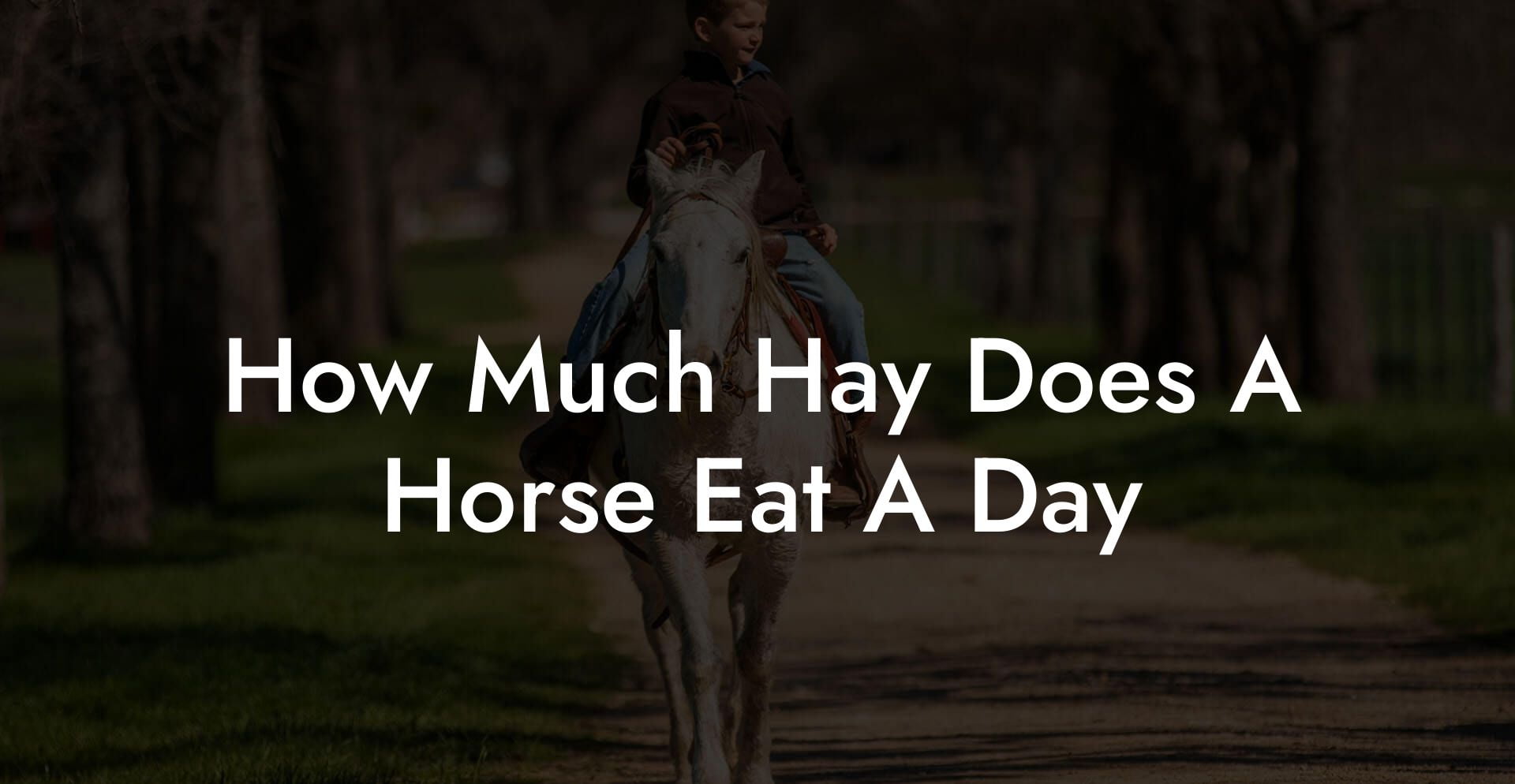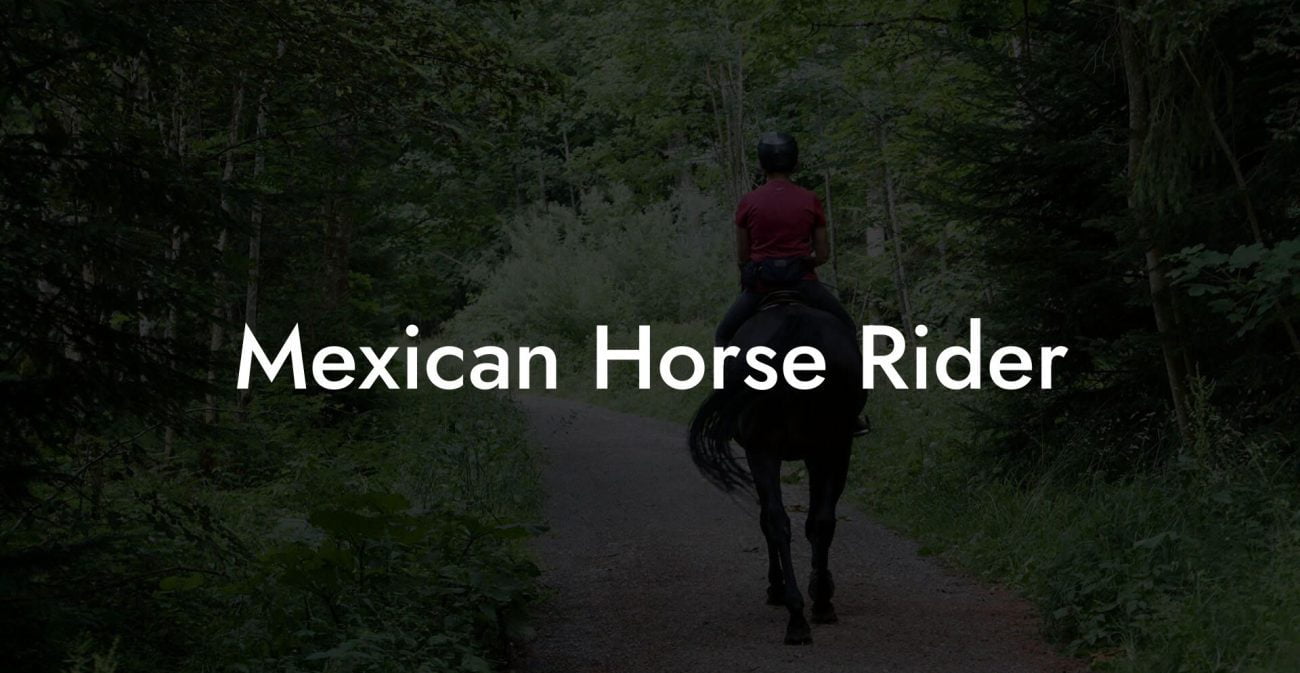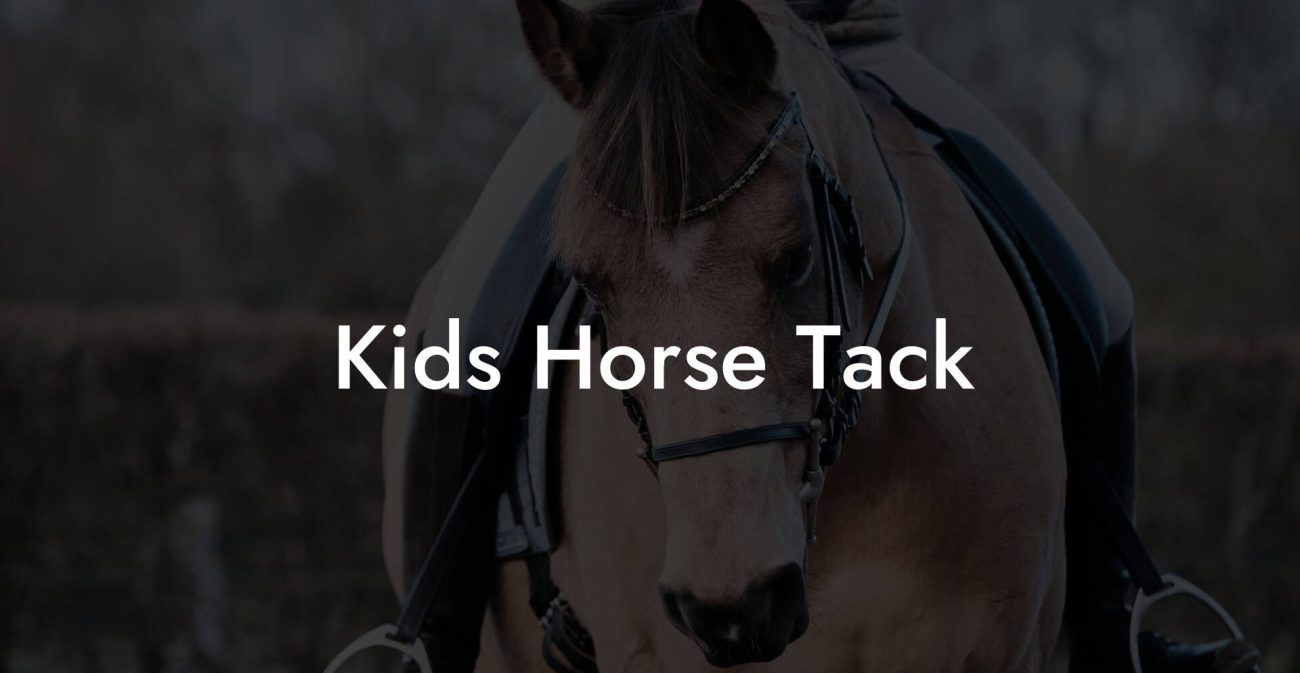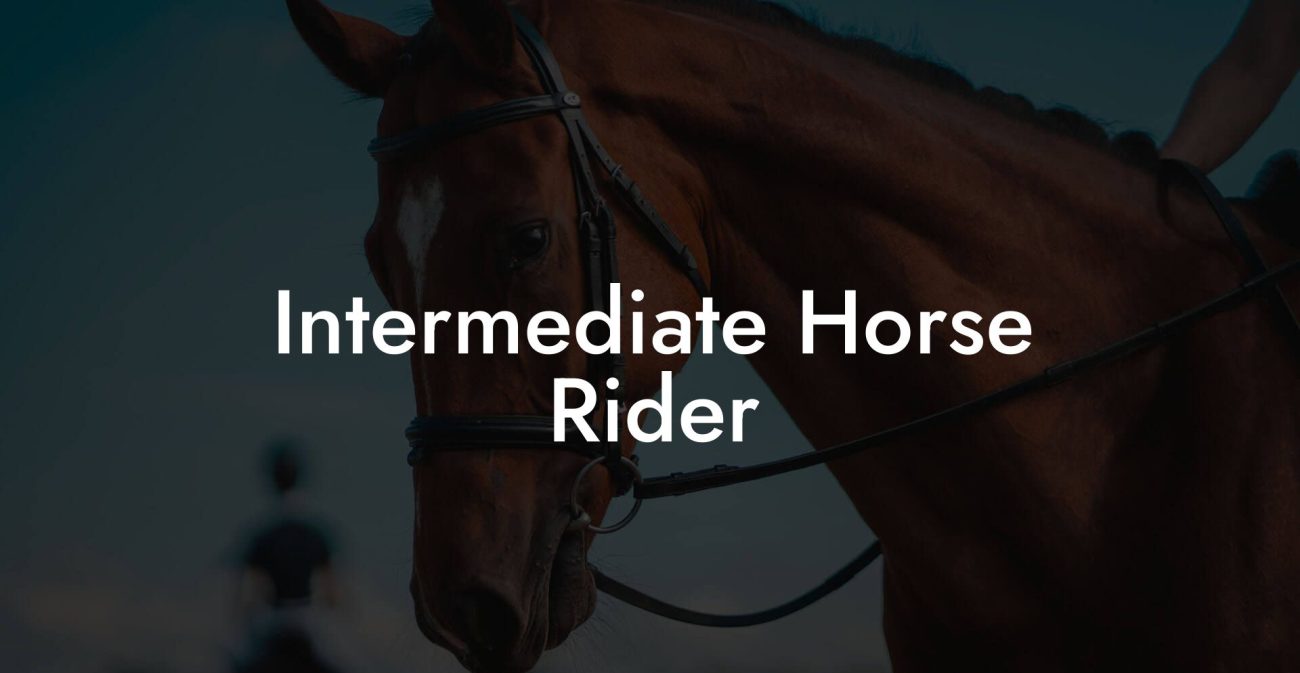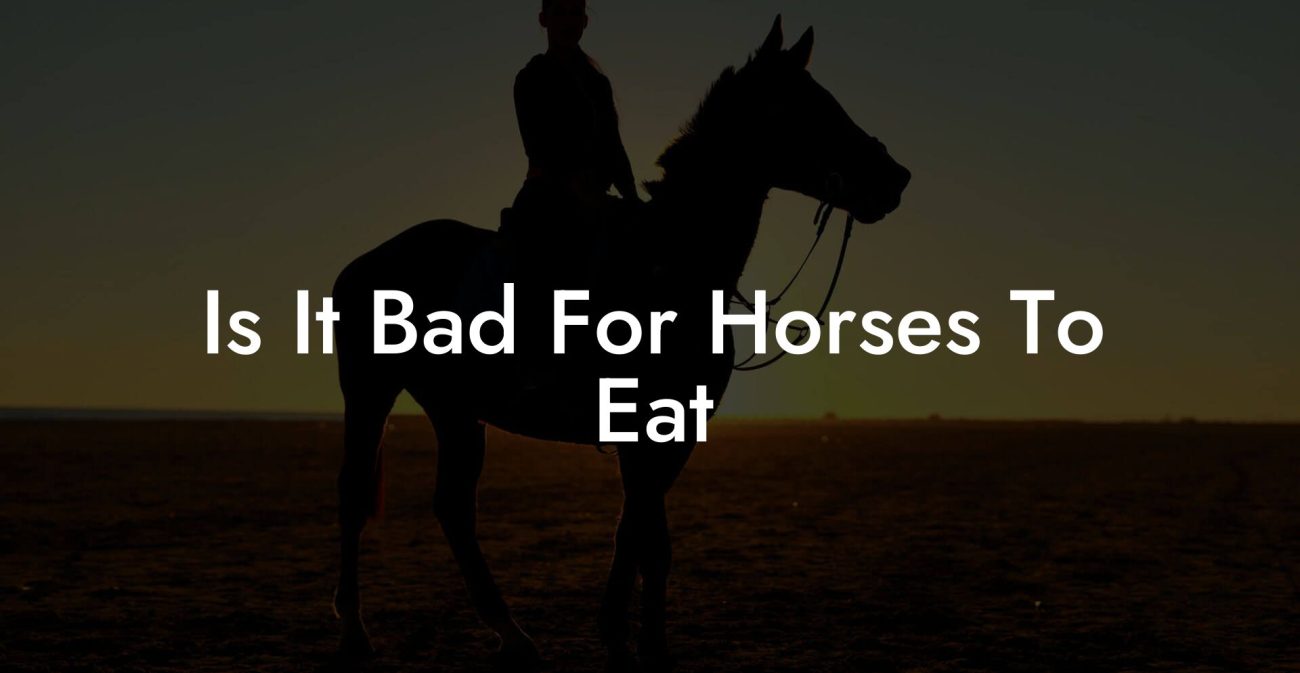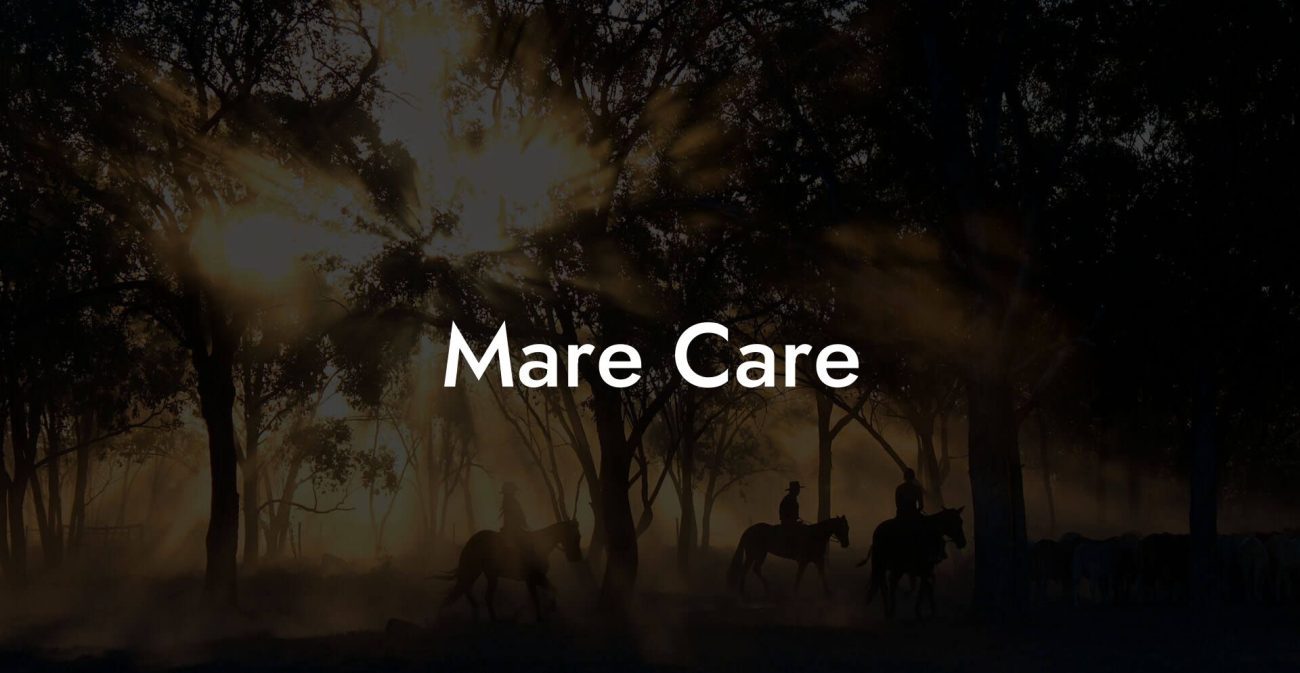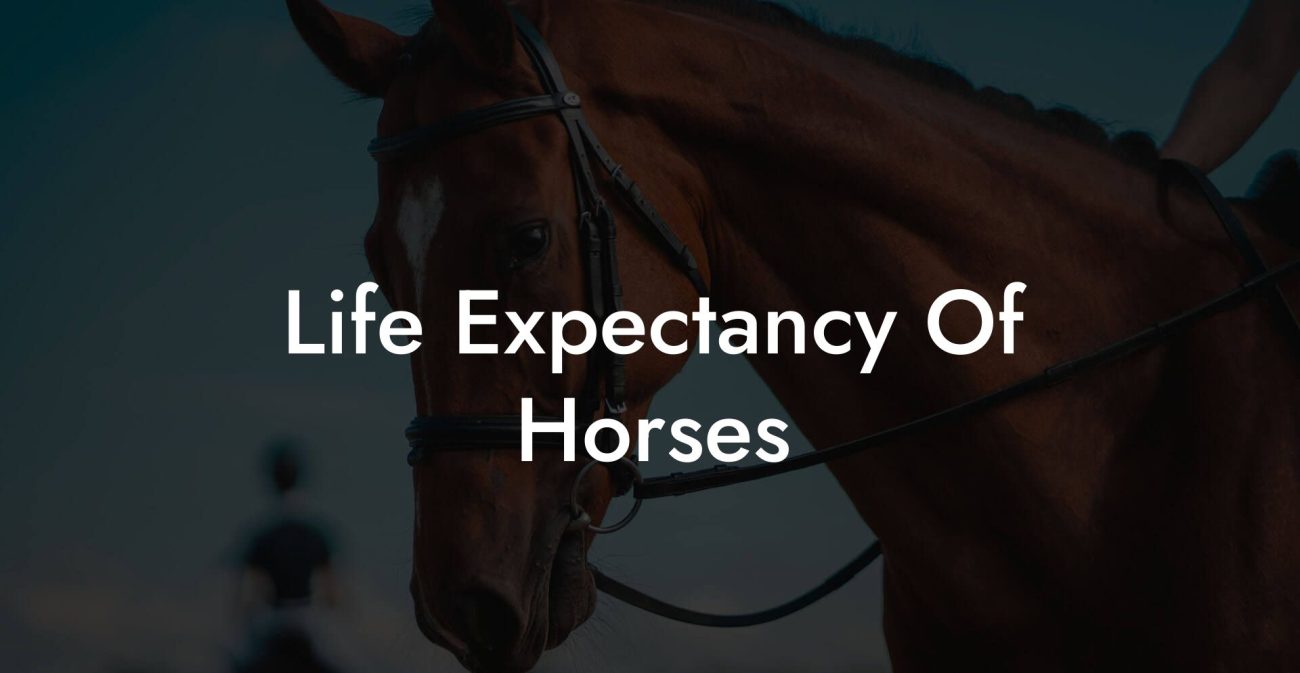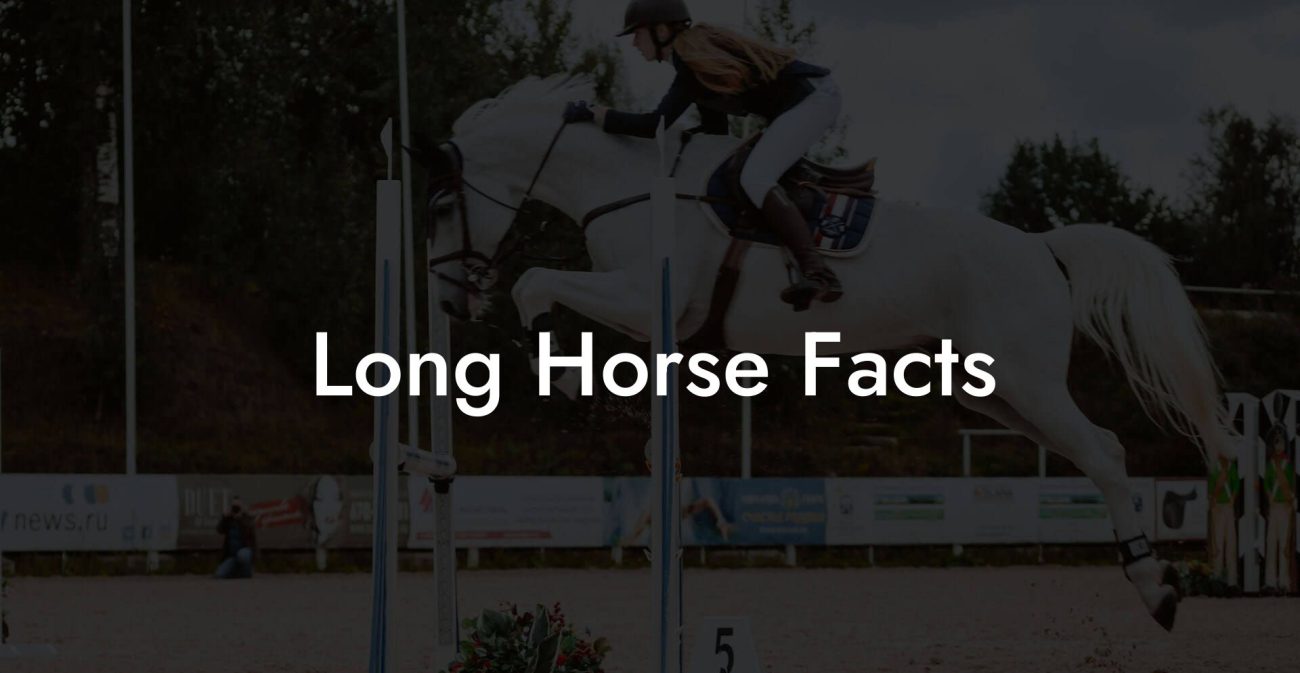Ever wondered if your horse is secretly raiding the barn like it's at an all-you-can-eat hay buffet? Saddle up, because we’re diving headfirst into the fascinating realm of equine dining habits, with a twist of humor, a sprinkling of millennial zest, and enough SEO magic to make Google neigh in approval. In this ultimate guide, we’ll answer that burning question: “How much hay does a horse eat a day?” Along the way, we’ll explore the nutritional ins and outs of hay, decode feeding myths, and dish out savvy tips to keep your four-legged friends thriving.
Quick Links to Useful Sections
- Understanding Equine nutrition: Why Hay is the Star of the Show
- The Fundamentals: What Exactly is Hay?
- How Much Hay Does a Horse Eat a Day? The Rule of Thumb
- Factors That Influence How Much Hay Your Horse Needs
- Body Weight and Horse Size
- Activity Level
- Age, Health, and Metabolism
- Seasonal Variations and Environmental Conditions
- The Role of Dental Health
- Choosing the Right Type of Hay: A Culinary Adventure for Horses
- Grass Hay vs. Legume Hay
- Assessing Hay Quality: What to Look For
- Nutritional Benefits of Hay: More Than Just Fiber
- Digestive Health and Gut Motility
- Energy and Metabolism
- Vitamins and Minerals
- Creating a Feeding Routine That Works
- Divide and Conquer: The Art of Meal Splitting
- The Role of Water
- Monitoring Weight and Adjustments
- Common Feeding Mistakes and How to Avoid Them
- Overfeeding or Underfeeding
- Ignoring the Quality of Hay
- Inadequate Water Supply
- Neglecting Individual Needs
- Advanced Feeding Strategies: Beyond the Hay Bale
- Supplemental Feeding
- Incorporating Forage Mixes
- Technological Aids in Feeding
- Environmental and Economic Considerations in Hay Feeding
- Sustainable Agriculture and Hay Production
- Cost Efficiency and Budgeting
- Seasonal Adjustments and Special Considerations
- Winter Feeding Strategies
- Summer Grazing and Hay Adjustment
- Special Diets for Sick or Recuperating Horses
- Resources and Community Support: Your Next Steps
- Real-Life Success Stories: When Hay Meets Happiness
- Frequently Asked Questions About How Much Hay a Horse Eats a Day
- Saddle Up: Your Journey to Equine Feeding Mastery
Understanding Equine nutrition: Why Hay is the Star of the Show
For horses, hay isn’t just a food; it’s the foundation of their diet and the unsung hero behind those graceful trots across the pasture. Hay provides essential fiber, vitamins, and minerals that support the horse’s digestive system, help maintain a healthy weight, and even soothe a sensitive tummy. Whether you’re a seasoned equestrian or a newbie to the stable life, knowing your horse’s daily hay requirements is crucial for optimal health and performance.
In today’s fast-paced world, where eco-conscious choices and holistic management practices are all the rage, hay remains a sustainable and natural feed source. Its relevance is amplified in discussions among Gen Z and millennial horse enthusiasts who value balance, sustainability, and authenticity in everything they do, even when it comes to feeding our equine pals.
But before we gallop into the nitty-gritty, let’s break down the basics. Hay comes in various types, from lush timothy hay to aromatic alfalfa and mixed-grass blends. Each type offers unique benefits, and the choice often depends on the horse’s age, workload, health condition, and, yes, even its personality. So, buckle up for a wild ride through the haystack of knowledge!
The Fundamentals: What Exactly is Hay?
At its core, hay is simply dried grass or legumes that have been cured to retain most of their nutritional value. It’s nature’s way of preserving the best bits of lush greenery until the next growing season, a concept that resonates with our modern-day appreciation for sustainability and seasonal eating.
The beauty of hay lies in its versatility. Whether fed as the primary diet or used as a supplement alongside grains and concentrates, hay offers a reliable and fiber-rich base. For horses, a high-fiber diet is essential to maintain proper digestive function, prevent colic, and support the continuous grinding action of chewing, which in turn promotes saliva production and aids in digestion.
Moreover, the different cuts of hay can impact its quality and nutritional content. First-cut hay is usually higher in fiber and lower in protein, making it ideal for mature horses and those trying to shed a few pounds. Second or third cuts tend to be richer in nutrients but can be heavier on calories, perfect for growing foals or hard-working performance horses.
How Much Hay Does a Horse Eat a Day? The Rule of Thumb
Let’s tackle the central query: how much hay does a horse eat a day? Drumroll, please… the answer isn’t as one-size-fits-all as you might think. On average, a healthy adult horse will consume approximately 1.5% to 2.5% of its body weight in forage daily. For example, a 1,000-pound horse might munch on 15–25 pounds of hay per day.
Sounds simple, right? But hold your horses, there’s a catch. Several factors can influence this general guideline, including:
- Age: Growing foals and senior horses may need adjustments to their forage intake.
- Activity level: A racehorse or working draft might have a voracious appetite compared to a leisurely companion horse.
- Body Condition: Overweight or underweight horses will have different nutritional needs, so tailor the portion accordingly.
- Type and Quality of Hay: Nutrient-dense alfalfa might be fed in smaller amounts than lower-calorie grass hay.
In short, while 1.5% to 2.5% offers a helpful starting point, the specifics can vary. It’s always best to consult with a veterinarian or equine nutritionist to customize the diet to your horse’s unique profile.
And yes, we know – you’re thinking, “So much math for hay?” But trust us, ensuring the correct amount is fed means fewer visits to the vet and more time for galloping through sunlit meadows!
Factors That Influence How Much Hay Your Horse Needs
Just like us, horses don’t live on a strict calorie count. Their hay consumption can vary depending on a mixture of internal and external factors.
Body Weight and Horse Size
It might seem obvious, but larger horses require more hay than their smaller counterparts. A petite pony will not only capably thrive on less hay, but overfeeding could lead to weight gain and digestive issues. Conversely, a robust draft horse will need a heftier serving to sustain its energy levels.
Activity Level
Whether your horse is the star of weekend dressage shows, a relentless trailblazer, or simply a chill pasture dweller, activity level matters. Active horses burn more calories and may require additional forage (or even supplemental grains) to meet energy demands.
Age, Health, and Metabolism
Foals and young horses are like the energetic college kids of the equine world, they’re growing, moving, and learning at breakneck speed. This means they might need more nutrient-dense hay to fuel their development. Older horses, however, may have slower metabolisms and diminished digestive efficiency, sometimes requiring a more easily digestible form of hay or lower fiber content.
Seasonal Variations and Environmental Conditions
Ever notice how you crave hot cocoa in winter and iced coffee in summer? Horses can experience a similar seasonal appetite shift. In colder weather, they may need extra calories and hay to maintain body heat. Conversely, in the summer’s heat, hydration becomes key, and hay intake might need to balance with water availability and quality forage.
The Role of Dental Health
Just as a crown or filling impacts your dining experience, a horse’s dental health plays a significant role in how effectively it can chew hay. Regular dental checkups are essential because worn-down teeth can hinder mastication, leading to reduced hay consumption or even digestive issues.
With all these factors at play, it’s clear that a dynamic, attentive approach is required to ensure your horse’s hay is perfectly portioned and nutritionally balanced.
Choosing the Right Type of Hay: A Culinary Adventure for Horses
From timothy to Bermuda, and alfalfa to orchardgrass, the world of hay is rich and varied, almost as diverse as the playlists on your favorite streaming service. Selecting the right type of hay for your horse isn’t just about quantity; it’s about quality and compatibility with your horse’s needs.
Grass Hay vs. Legume Hay
Grass hay (think timothy, brome, or bermudagrass) is the go-to for most horses, especially those that are not in heavy work. It’s lower in calories and protein, reducing the risk of weight gain. Legume hay, primarily alfalfa, tends to be richer in protein and calcium, making it better suited for growing horses or those with higher energy demands.
Many contemporary horse owners mix and match to create the perfect balance. For example, a blend of grass and alfalfa can provide both the fiber and nutrients needed, similar to adding just the right amount of spice and seasoning to a gourmet meal.
Assessing Hay Quality: What to Look For
Not all hay is created equal. When shopping or baling hay for your stable, look for these key quality indicators:
- Color and Aroma: Fresh, high-quality hay should be greenish and fragrant. Yellowing or musty hay may indicate poor storage or deterioration.
- Leaf to Stem Ratio: A higher leaf content means more nutrients and a softer texture, making it easier for horses to chew.
- Dust and Mold: Excessive dust or visible mold can be harmful to your horse’s respiratory system and should be avoided.
Armed with these tips, you can confidently select hay that will not only meet the daily intake needs but also boost your horse’s overall delight in dinner.
Nutritional Benefits of Hay: More Than Just Fiber
Sure, hay is famously high in fiber, but it’s also a treasure trove of other nutrients that contribute to your horse’s vitality. Here’s why hay deserves a standing ovation in any feeding regimen:
Digestive Health and Gut Motility
Horses are designed to graze continuously, and hay mimics that natural foraging behavior. The fiber in hay stimulates chewing and saliva production, which is critical in keeping the horse’s digestive tract running smoothly. A well-functioning digestive system means fewer worries about colic or impaction, issues that can disrupt a horse’s day faster than a surprising thunderstorm.
Energy and Metabolism
While hay isn’t a high-calorie snack, it lays the foundation for a steady energy release. This consistent energy supply is essential for long days on the trail, strenuous workouts, or even leisurely paddocks. Plus, when your horse is energized by nature’s bounty, it’s easier to maintain that lean, athletic physique that every modern equine enthusiast admires.
Vitamins and Minerals
Depending on the hay’s makeup, it can be rich in essential vitamins (such as vitamin A and E) and minerals (like calcium, phosphorus, and magnesium). These nutrients play a vital role in muscle function, bone health, and overall immune support. For horses, as with us, a balanced mineral intake keeps the engine running smoothly.
In essence, hay is much more than roughage, it’s a dynamic source of essential nutrition that underpins a balanced, healthy diet for your equine friend.
Creating a Feeding Routine That Works
So, you’ve picked out your hay, measured out the pounds per day, and now it’s time to get strategic about delivery. Feeding isn’t just about quantity, it’s also about creating a routine that mirrors a horse’s natural grazing behavior.
Divide and Conquer: The Art of Meal Splitting
Horses in the wild graze throughout the day, nibbling steadily rather than consuming one large meal. Emulate this behavior by splitting your horse’s daily hay allowance into multiple meals. This not only aids in digestion but also helps prevent boredom and stress.
If you’re the type who sets up meal reminders on your smartphone, consider scheduling hay feedings for early morning, midday, and early evening. This steady caloric release keeps their metabolism humming and offers continuous access to food, a win-win for digestive health and mental well-being.
The Role of Water
As with any thoughtful dietary plan, hydration is key. A horse’s hay intake is closely linked to water consumption. Fiber-rich hay requires ample water to aid in digestion and prevent impaction. Always ensure that your horse has constant access to fresh, clean water, especially on hot days or after a vigorous workout.
Monitoring Weight and Adjustments
Even the most meticulously planned feeding routine requires regular check-ups. Keep an eye on your horse’s body condition and weight fluctuations. If the scale tips in the wrong direction, be it weight gain or loss, it might be time to adjust the hay portions or supplement with additional nutrients. Working with your veterinarian can help fine-tune your approach, ensuring that every meal contributes to your horse’s well-being.
In a nutshell, a well-structured feeding routine not only satisfies your horse’s nutritional needs but also mirrors the gentle rhythm of nature, supporting both physical and mental harmony.
Common Feeding Mistakes and How to Avoid Them
Even the most dedicated horse owners can sometimes stumble upon common feeding pitfalls. By identifying these mistakes early on, you can ensure your horse’s diet is as balanced and beneficial as possible.
Overfeeding or Underfeeding
Getting the balance right is crucial. Overfeeding can lead to obesity, digestive distress, and an increased risk of laminitis. On the flip side, underfeeding deprives your horse of essential nutrients. Regularly review the horse’s body condition score (BCS) and adjust the hay intake accordingly.
Ignoring the Quality of Hay
Quantity isn’t everything. Low-quality hay, stuff that’s dusty, moldy, or overly mature, can create more harm than good. Always inspect your hay visually and even consider periodic lab testing to ensure that its nutrient profile meets your horse’s needs.
Inadequate Water Supply
As emphasized earlier, skipping on water is a recipe for disaster. Insufficient water can lead to impaction colic and dehydration, compromising the benefits of even the best hay. Take a page out of your favorite lifestyle influencer’s book and always keep that water dish fresh and filled.
Neglecting Individual Needs
One size does not fit all in the world of horse nutrition. Each horse has its own set of needs based on age, metabolism, and workload. Tailor the feeding regimen to each horse, rather than adhering strictly to a generalized rule of thumb.
Avoiding these common missteps can make the difference between a thriving pony and one that’s perpetually a step behind on the health scale.
Advanced Feeding Strategies: Beyond the Hay Bale
For those ready to step up their equine care game, consider integrating advanced feeding strategies that complement the daily hay ration. These strategies can help optimize digestion, cater to specific dietary needs, and bring a tech-savvy twist to your stable management.
Supplemental Feeding
While hay forms the foundation of a horse’s diet, supplemental feeds, such as concentrated grains, pellets, or even probiotic mixes, can offer additional energy and balance. Supplements are especially useful for performance horses, pregnant mares, or individuals with dietary restrictions. The trick is to use them in moderation and according to professional guidance.
Incorporating Forage Mixes
For a change of pace, consider mixing different types of hay or interspersing hay with fresh pasture grazing. This variation not only adds excitement to your horse’s mealtime but also broadens its nutrient spectrum. Combining different forages can mimic the natural environment of varied grazing, ensuring that your horse gets a bit of everything it needs.
Technological Aids in Feeding
In today’s digital age, even horse care can get a tech upgrade. Smart feeders, mobile apps for tracking feed amounts, and even wearable health monitors can help you keep a keen eye on your horse’s dietary intake and overall well-being. These tools offer data-driven insights that let you fine-tune the feeding process, ensuring that every bale counts.
With these advanced strategies, you’re not just feeding hay; you’re orchestrating a holistic nutritional experience that keeps your horse energized, healthy, and ready for the next adventure.
Environmental and Economic Considerations in Hay Feeding
Beyond the direct health benefits to your horse, hay feeding practices resonate deeply with environmental sustainability and economic efficiency. Modern horse owners, particularly eco-aware Gen Z and millennial caretakers, are increasingly looking for ways to balance optimal animal health with responsible resource management.
Sustainable Agriculture and Hay Production
Hay is a renewable resource and a cornerstone of sustainable agriculture. When sourced from responsible farms that prioritize organic practices and soil health, your hay not only fuels your horse but also supports environmentally friendly practices. Buying local and organic hay can reduce your carbon hoofprint and strengthen the connection between you and the community.
Cost Efficiency and Budgeting
Let’s face it, hay isn’t free, and feeding your horse the right amount is a balancing act between quality and cost. By monitoring consumption, avoiding waste, and buying hay in bulk during peak production seasons, you can keep your feed expenses manageable. Additionally, investing in high-quality hay might have a higher upfront cost but can lead to fewer veterinary issues and a longer, healthier life for your horse.
The bottom line is that informed hay feeding practices benefit not only your horse’s athletic vigor but also your wallet and the planet.
Seasonal Adjustments and Special Considerations
Just as fashion choices change with the seasons, your horse’s dietary needs might shift throughout the year. Keeping track of seasonal changes is key to maintaining a balanced diet.
Winter Feeding Strategies
In those frosty months, horses often require a bit more energy to ward off the chill. Beyond simply increasing hay portions, consider providing additional layers of nutrients through carefully chosen supplements. A touch of alfalfa in the mix can help keep energy levels steady, while ensuring that your horse has ample access to warm, fresh water is absolutely vital.
Summer Grazing and Hay Adjustment
When the sun is blazing down, horses tend to graze more on fresh pasture, which might reduce their hay requirements slightly. However, during drought conditions or when pasture quality dips, maintaining the right hay balance becomes critical. Keep an eye on forage availability and adjust hay portions to prevent weight loss or dehydration.
Special Diets for Sick or Recuperating Horses
Illness, injury, or recovery from surgery require an extra measure of care in managing hay intake. Horses recovering from colic or other digestive disturbances benefit from easily digestible hay with lower fiber content. Working closely with a veterinarian, you may need to adopt a gradual feeding plan to reintroduce hay safely.
Adapting to these seasonal and special needs ensures that your horse always gets the best possible nutrition tailored to its immediate circumstances.
Resources and Community Support: Your Next Steps
Ready to level up your horse feeding game? Whether you’re a veteran in the barn or just starting your equestrian journey, there’s a wealth of resources available to help guide you. From online forums and social media groups where fellow horse enthusiasts share tips and funny stable mishaps, to veterinary consultations and nutrition workshops, the community is ripe with expertise.
Check out reputable websites like the American Association of Equine Practitioners (AAEP) for the latest in horse health research, or explore podcasts and YouTube channels that break down equine nutrition in a fun, accessible manner. Many modern horse owners also swear by mobile apps that track feed, water, and weight trends in real time, a nod to the tech-forward mindset we all admire.
Forming connections with local stables and horse clubs can also pay off, providing hands-on advice, shared experiences, and even opportunities for group purchases of high-quality hay. In today’s interconnected age, your next step may simply be a tap on your phone, join a vibrant community and embrace the journey toward equine excellence!
Real-Life Success Stories: When Hay Meets Happiness
It’s one thing to talk numbers and nutrition guidelines, but the real magic happens when these principles transform lives, both equine and human. Consider the story of Bella, a spirited mare who struggled with weight management and digestive issues until her owner, leveraging expert advice, recalibrated her feeding routine. By gradually increasing Bella’s high-quality grass hay intake and carefully monitoring her water consumption, the turnaround was remarkable. Bella’s energy soared, and her digestive woes became a distant memory.
Then there’s Duke, a retired racehorse whose transition to a leisurely pastured life required careful dietary adjustments. His caretakers introduced supplemental feeding during colder months and customized hay blends tailored to his slower metabolism. Before long, Duke was strutting with a renewed spring in his step, a testament to the power of attentive hay management.
These stories aren’t just anecdotes; they are proof that a well-informed, holistic approach to hay feeding can redefine a horse’s quality of life. When you mix science with a bit of creativity and community wisdom, there’s no limit to what your horse can achieve.
Frequently Asked Questions About How Much Hay a Horse Eats a Day
Here are some of the most common questions that horse owners ask when it comes to hay feeding, answered in an accessible, no-nonsense style to keep you and your horse on track:
1. How much hay does a typical adult horse need in one day?
On average, a healthy adult horse requires approximately 1.5% to 2.5% of its body weight in hay each day. For a 1,000-pound horse, this works out to roughly 15–25 pounds of hay daily. However, always adjust the exact amount based on activity level, age, and overall health.
2. Does the type of hay affect how much a horse should eat?
Absolutely. High-quality, nutrient-dense hays like alfalfa often have higher protein and calcium, which may allow for a slightly lower volume intake compared to lower-calorie, high-fiber grass hays. It’s all about matching the hay to your horse’s individual nutritional needs.
3. Can I feed my horse only hay?
While hay forms the bulk of a horse’s diet and is ideal for maintaining digestive health, many horses require additional supplements or concentrates, especially if they’re very active or growing. Consult with a veterinarian to fine-tune your horse’s complete dietary plan.
4. How do changes in the seasons affect hay consumption?
Seasonal shifts can impact how much hay your horse needs. In colder months, horses often require more calories and may benefit from a mix with alfalfa, while in the summer, when fresh pasture is available, the hay intake might be slightly reduced. Always ensure your horse has access to plenty of water, particularly during hot weather.
5. What are some signs that I’m feeding too much or too little hay?
Overfeeding may lead to weight gain, lethargy, or digestive issues, whereas underfeeding might show as weight loss, decreased energy, or signs of nutrient deficiency. Regular weight checks and body condition scoring are essential to ensure your horse is happy and healthy.
6. How can I adjust my horse’s diet as it ages?
As horses age, their metabolism and digestive efficiency may decline. Older horses might require slightly less hay or a more easily digestible forage mix. Work closely with your veterinarian to adjust the diet as needed.
7. Are there any technological tools to help track hay consumption?
Yes! Modern equine nutrition apps, smart feeders, and wearable monitors can track feed levels, water intake, and even changes in weight. These tools provide real-time insights and data to help you fine-tune your feeding strategy.
8. Is it okay to mix different types of hay for variety?
Mixing different types of hay can provide a more balanced nutrient profile and can make mealtime more interesting for your horse. Just ensure that the overall nutritional needs are met without overloading on calories.
Saddle Up: Your Journey to Equine Feeding Mastery
From the golden fields where hay bales bask in the sunlight to the modern barn equipped with smart feeders and digital trackers, understanding how much hay a horse eats in a day is more than just a numbers game, it’s a lifestyle. By appreciating the unique needs of your horse, tailoring a feeding routine that reflects those needs, and leveraging technology and community wisdom, you’re not only feeding hay; you’re fostering a bond built on care, sustainability, and shared passion.
With every measured bale and scheduled feeding, you’re contributing to your horse’s overall well-being, ensuring a life of health, vigor, and joy. So, whether you're aiming to fuel performance, support a graceful retirement, or simply ensure everyday comfort, the time to refine your feeding strategy is now.
Embrace these insights, celebrate the individuality of your equine companion, and let your stable become a testament to a balanced, thoughtful, and downright enjoyable approach to horse care. After all, in the quest for equine excellence, every nibble counts!
Your journey into the world of equine nutrition and hay feeding mastery has just begun. Trust your instincts, invest in quality feed, and join a community of like-minded horse lovers who are all about that sustainable, tech-savvy, and health-first lifestyle. Here’s to happy horses and even happier owners, may your days be filled with laughter, boundless energy, and plenty of hay!

